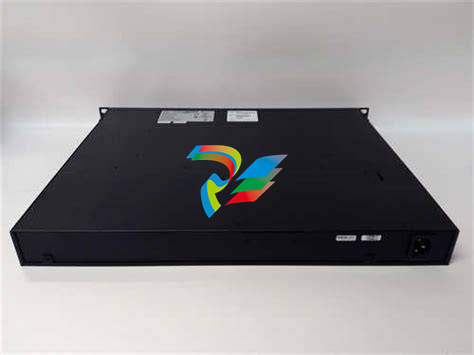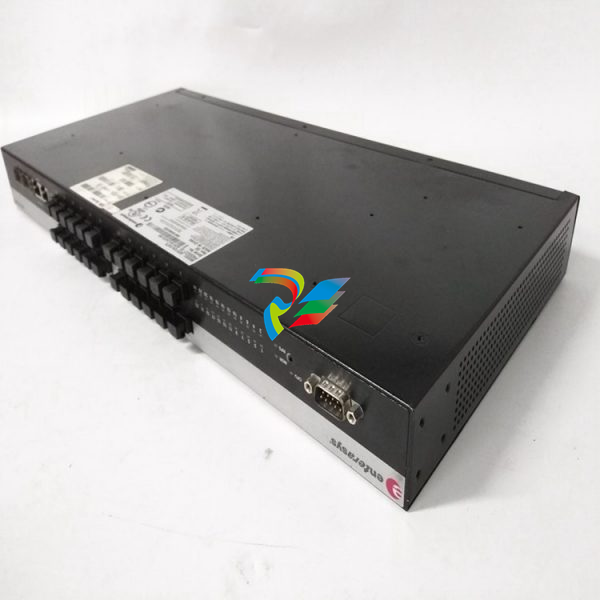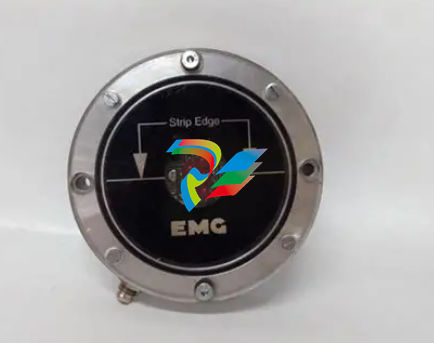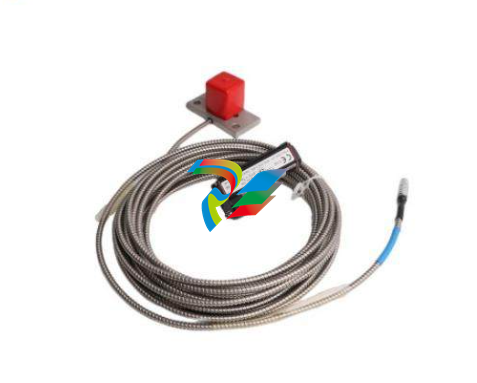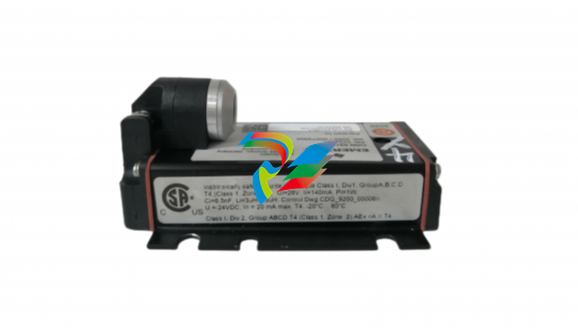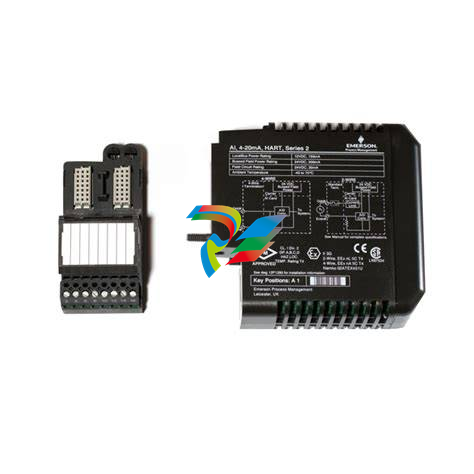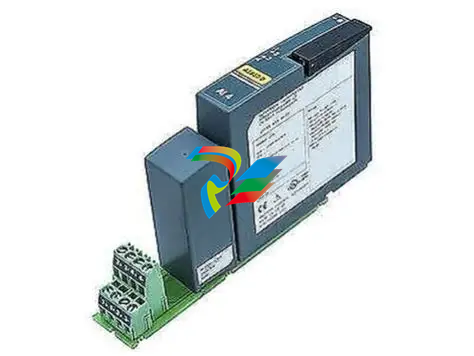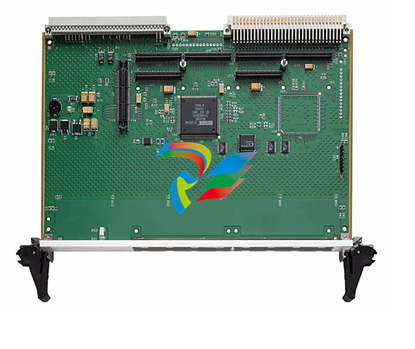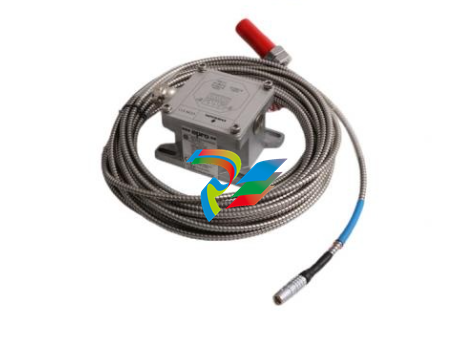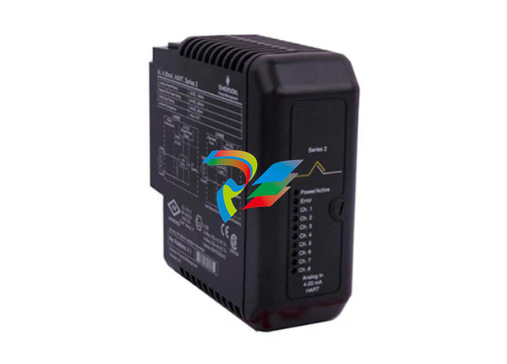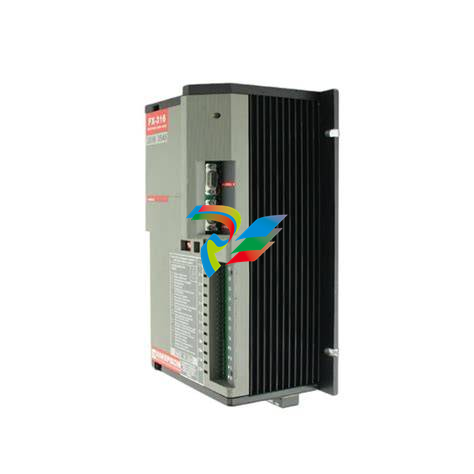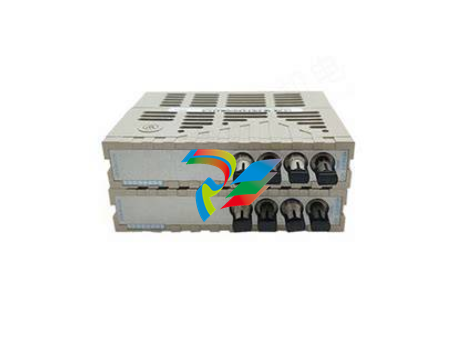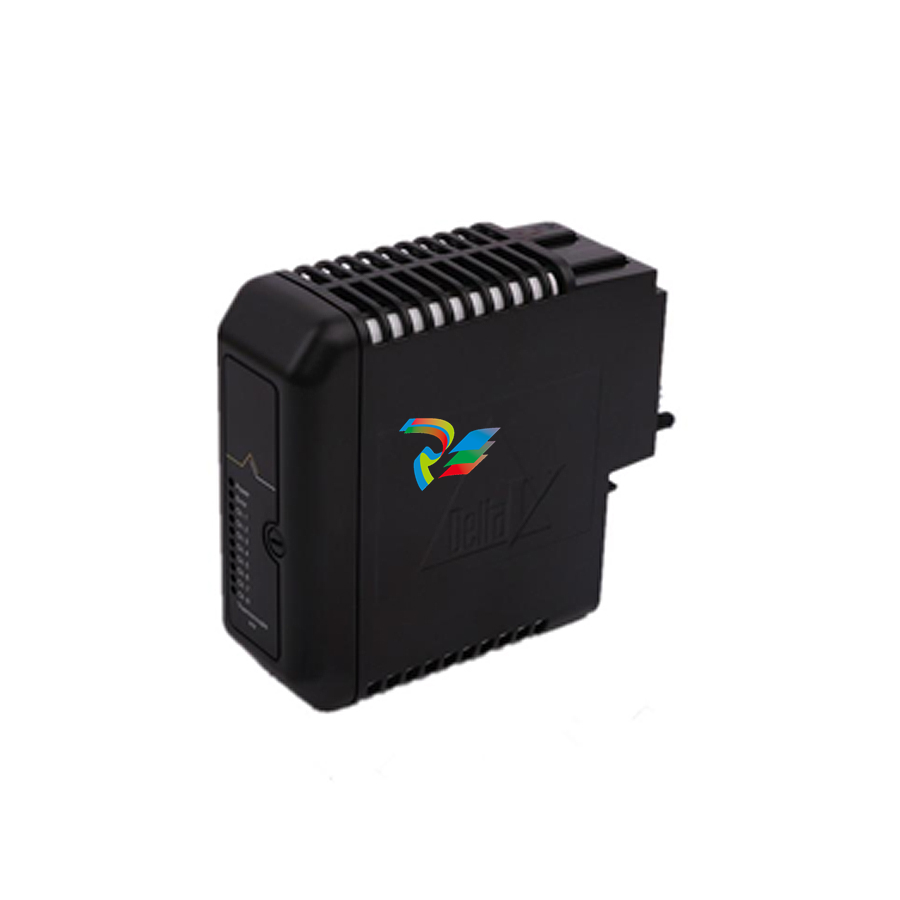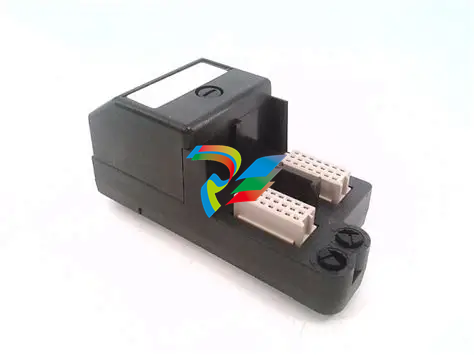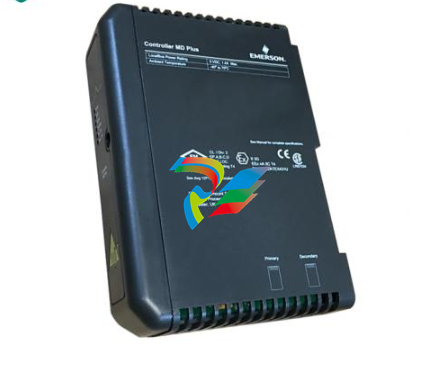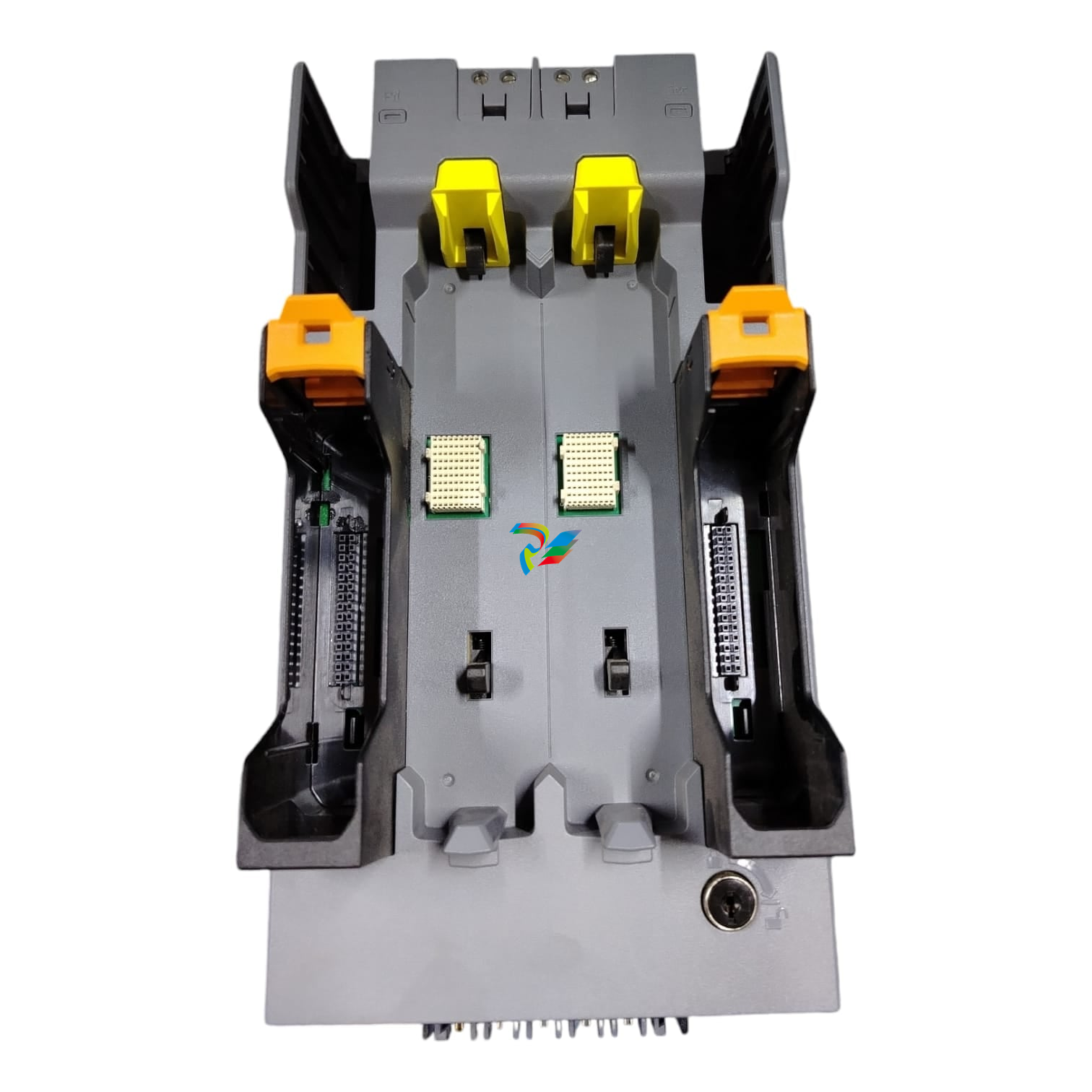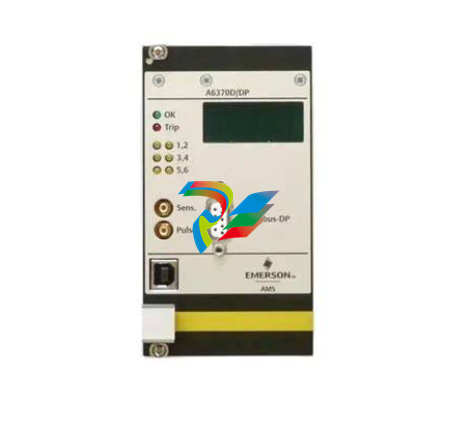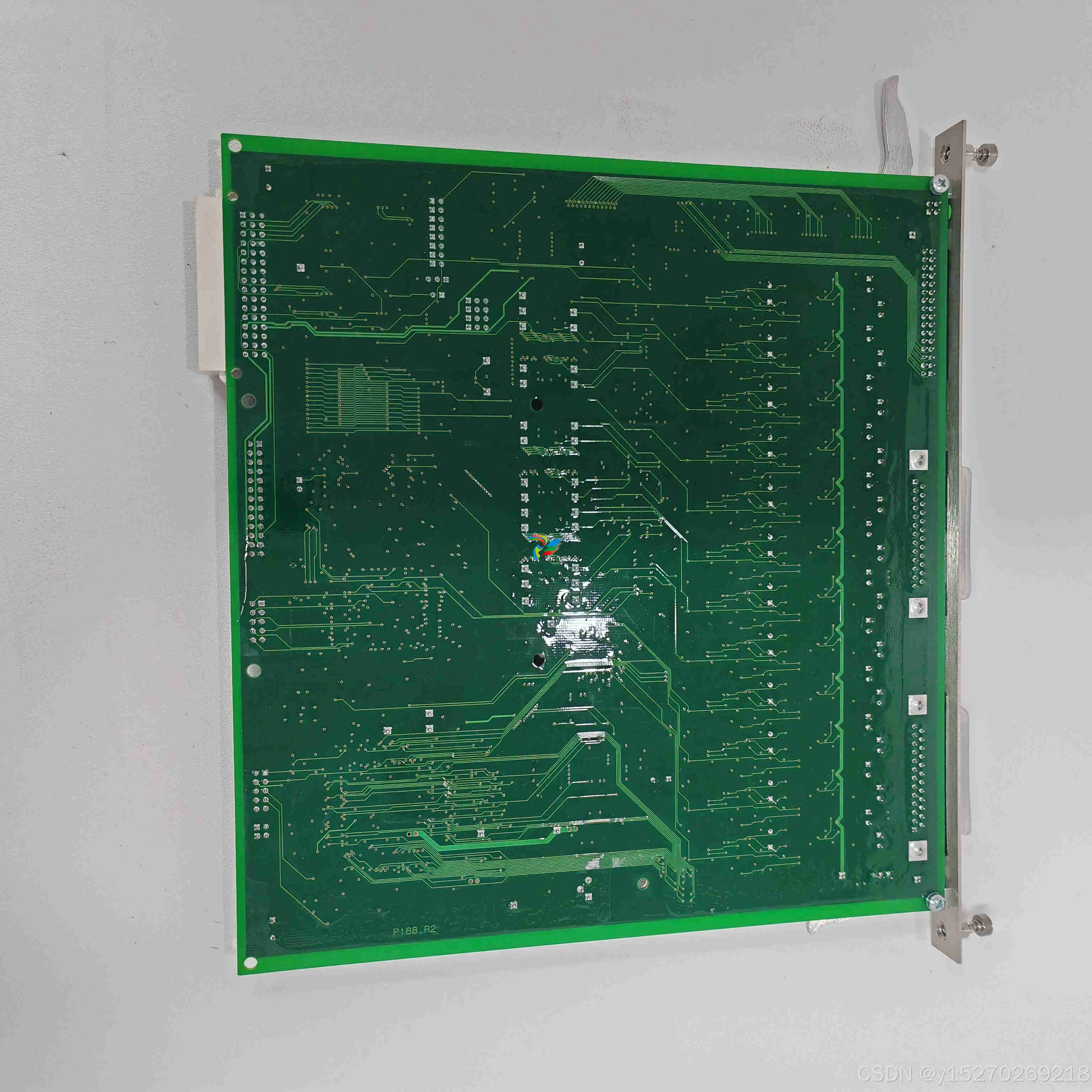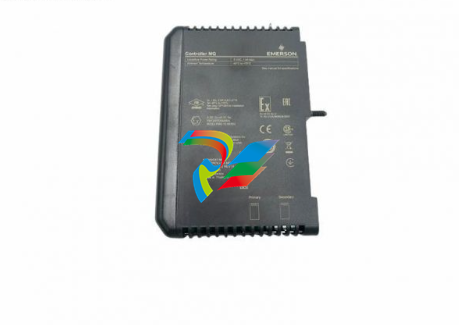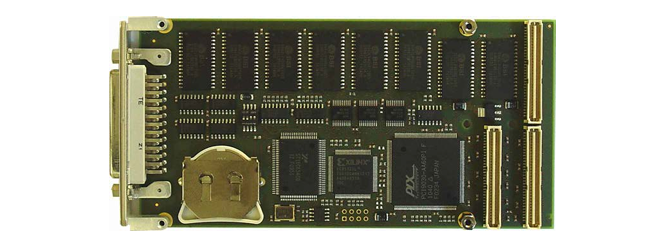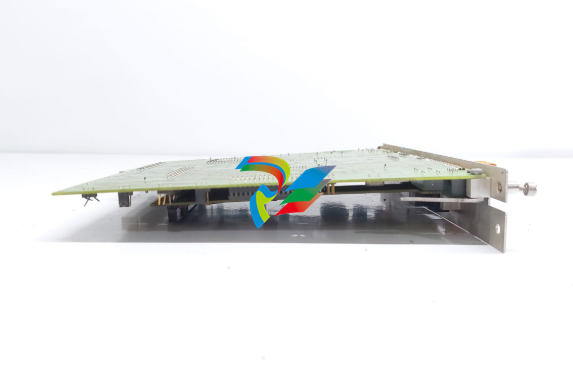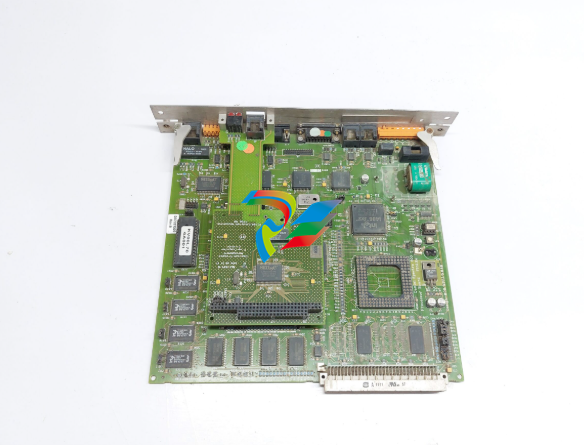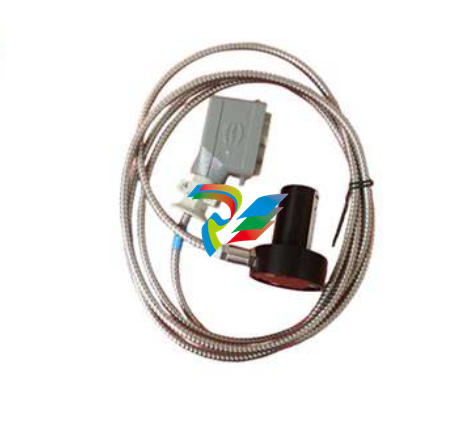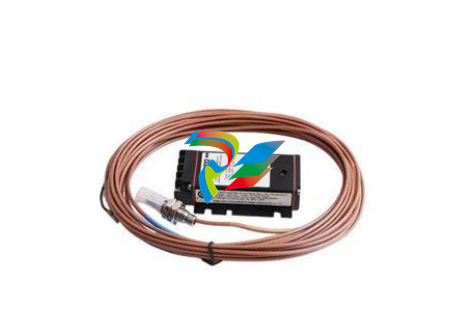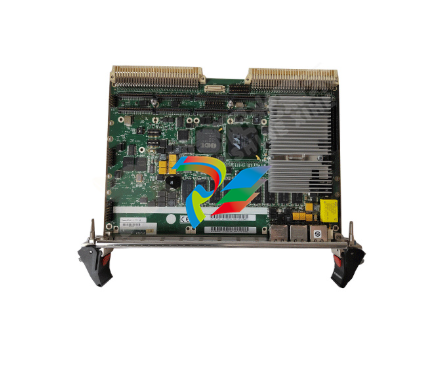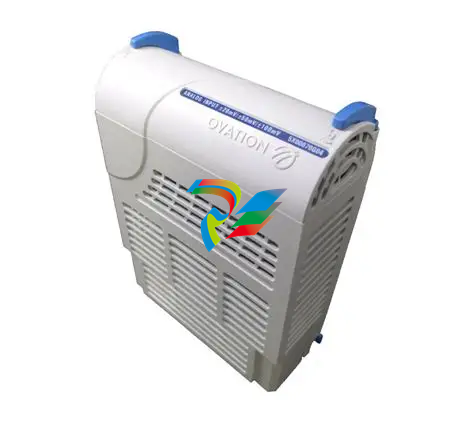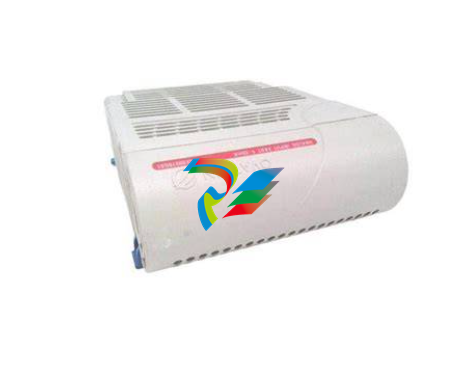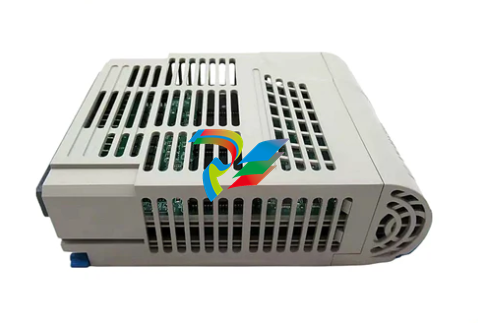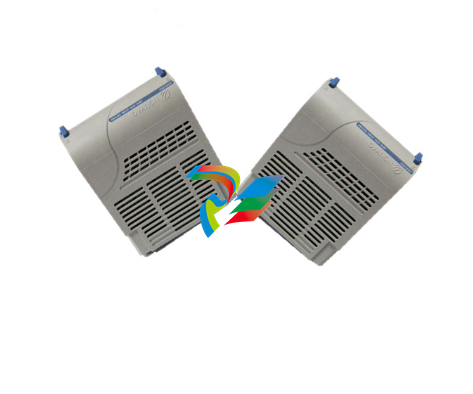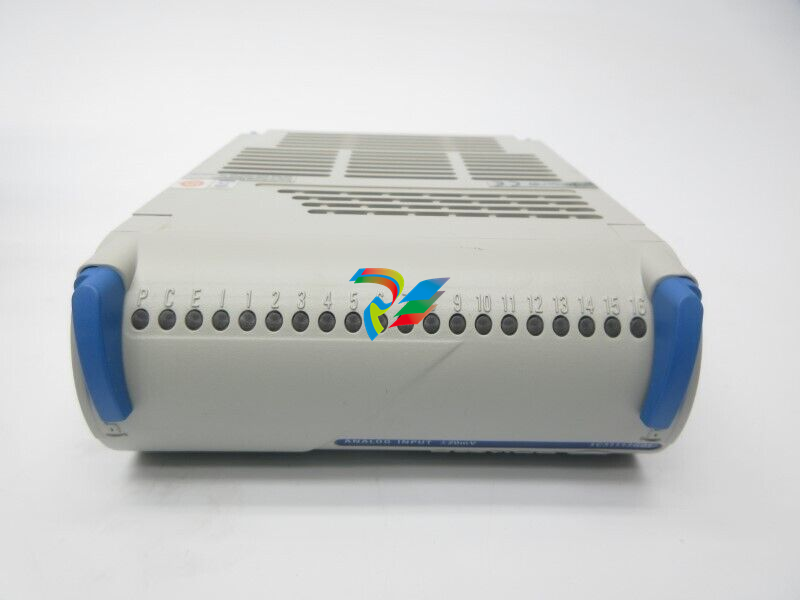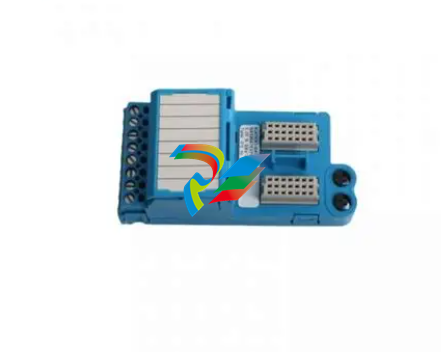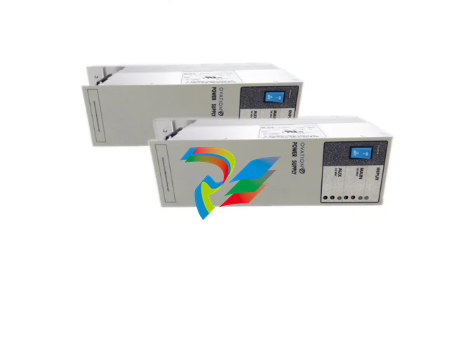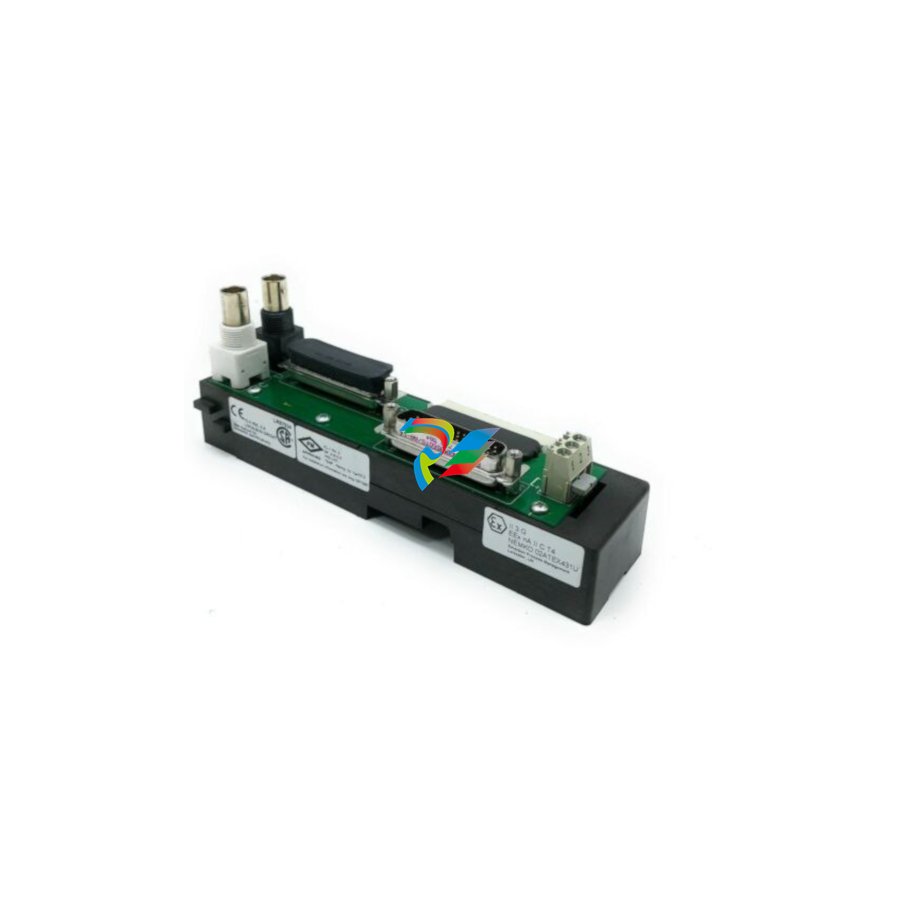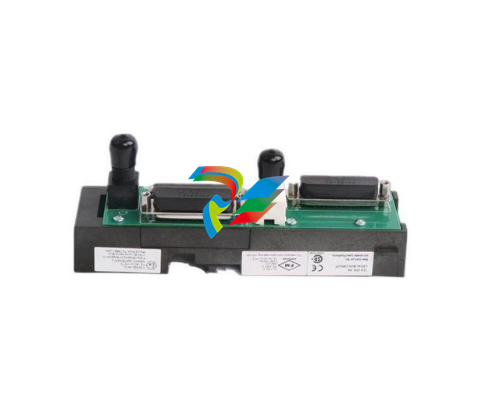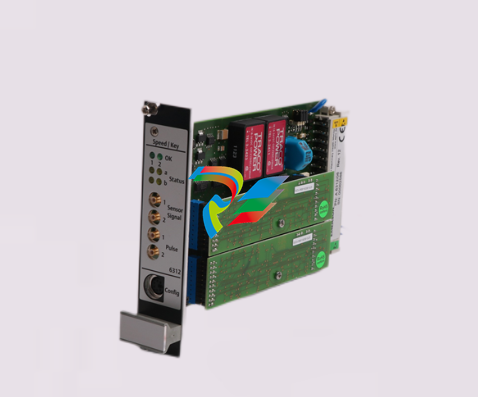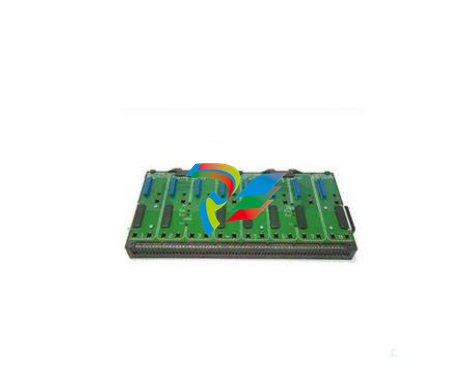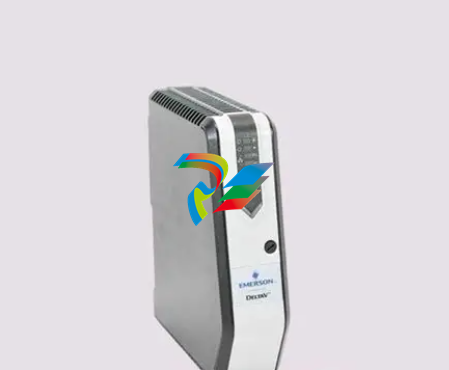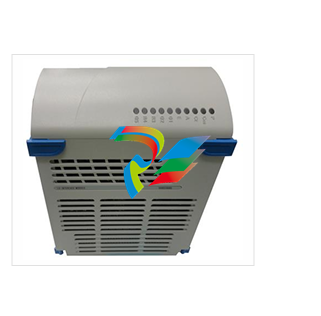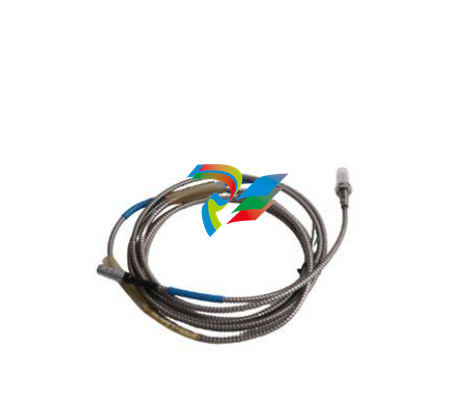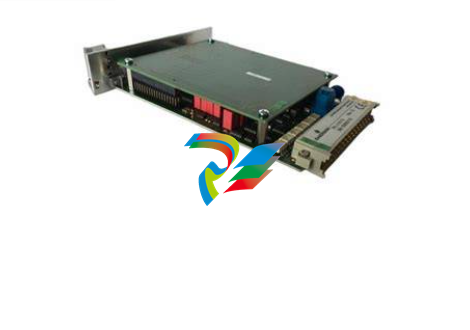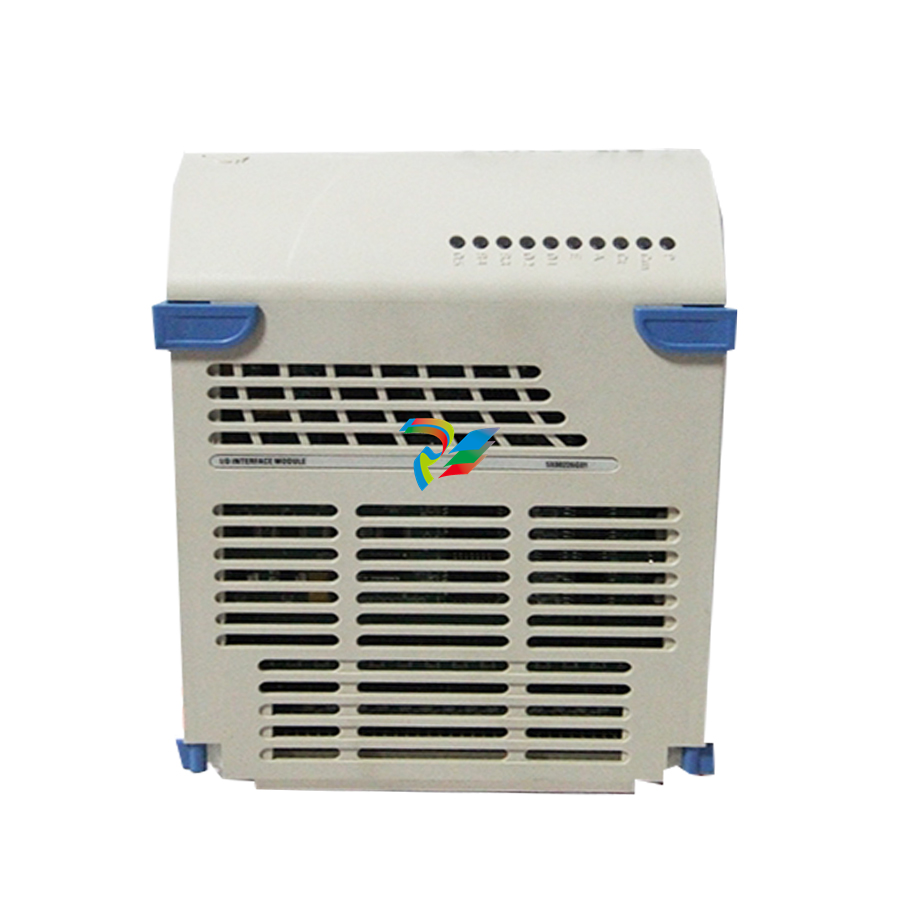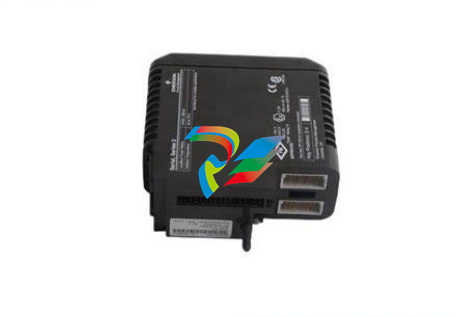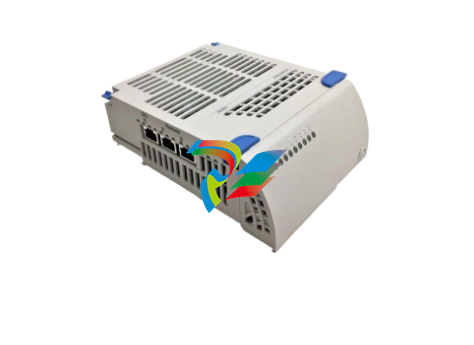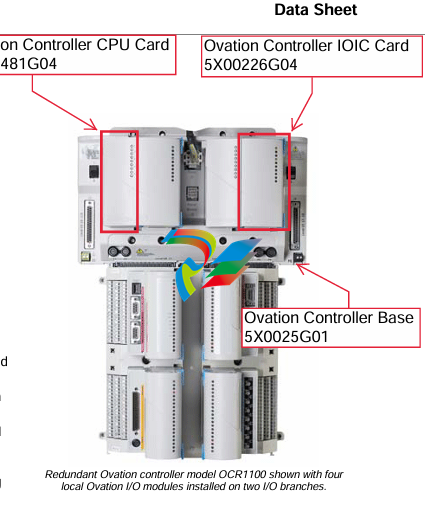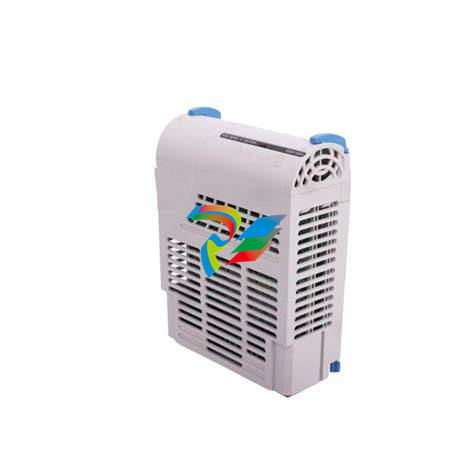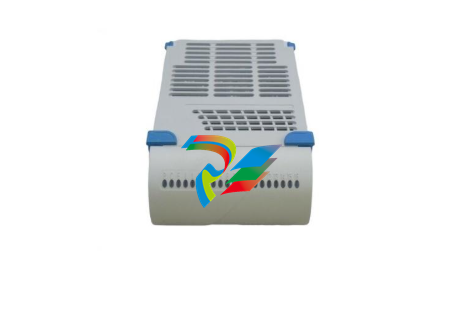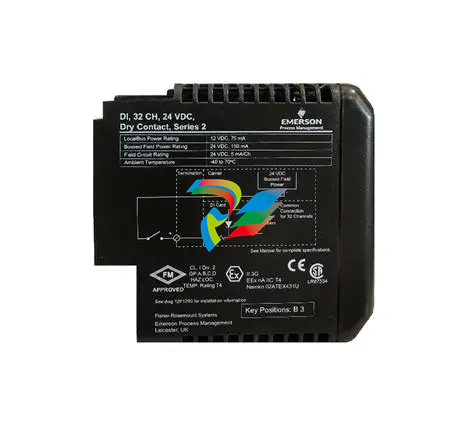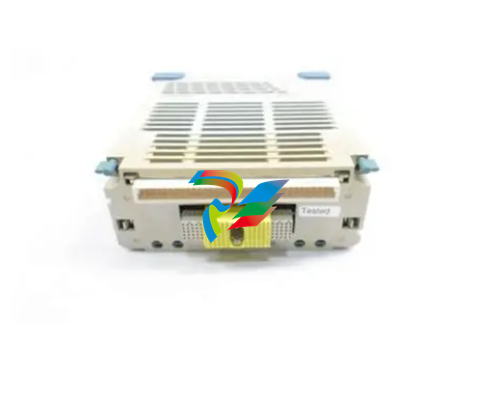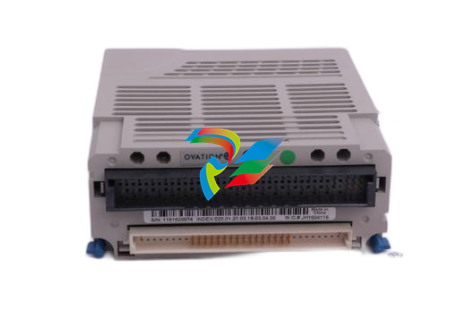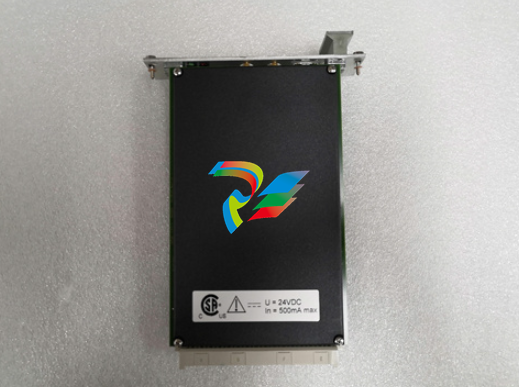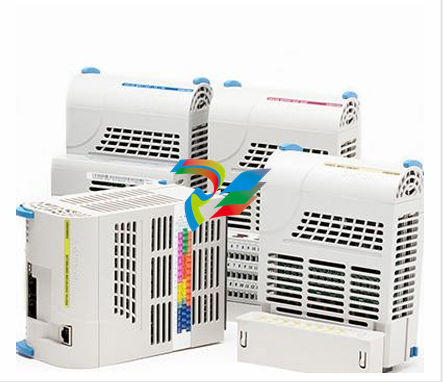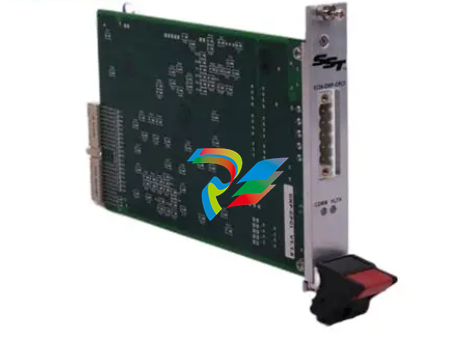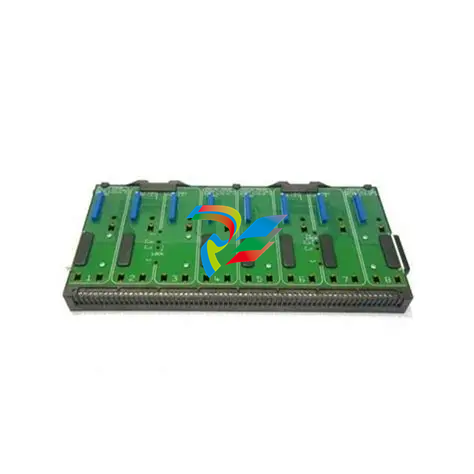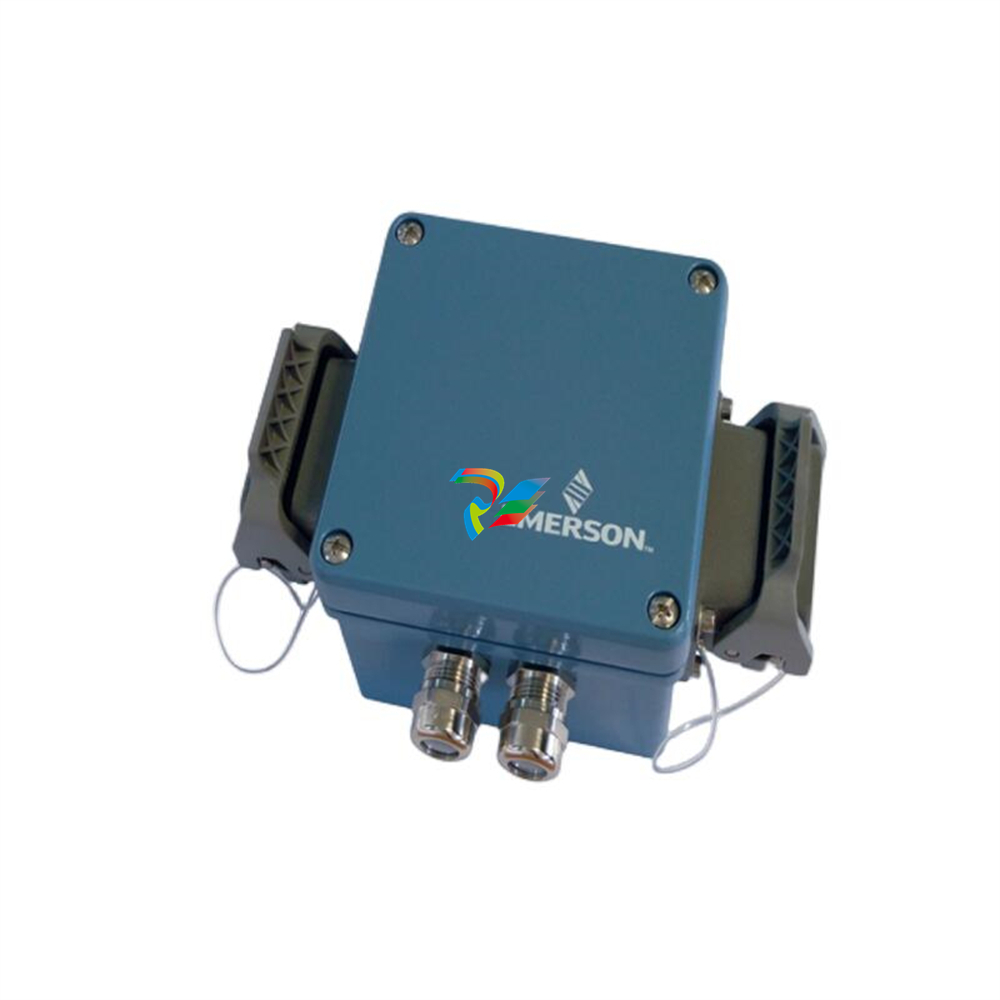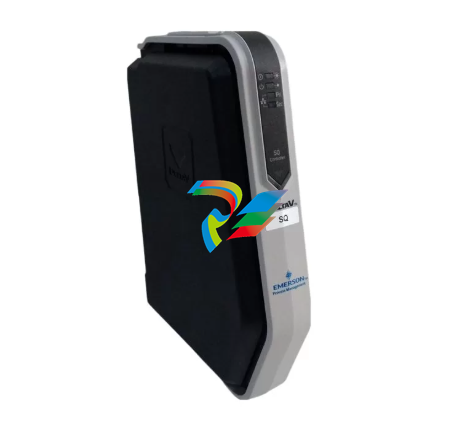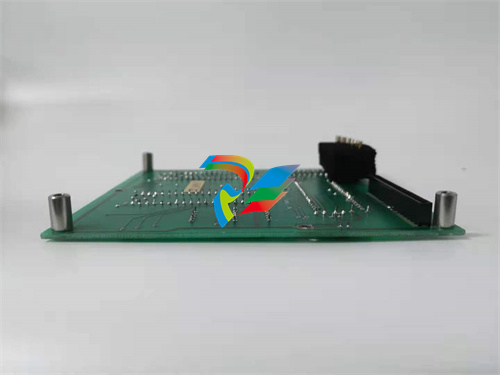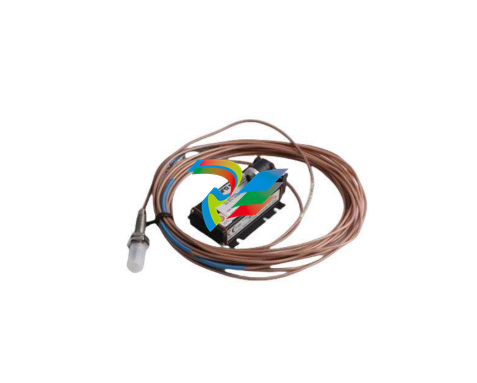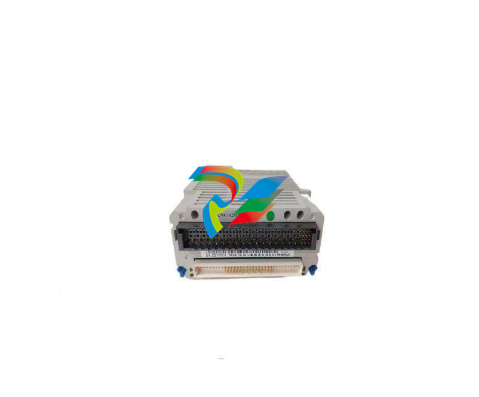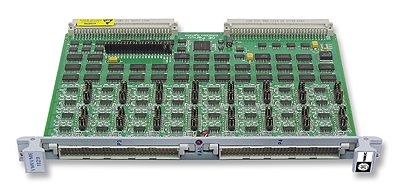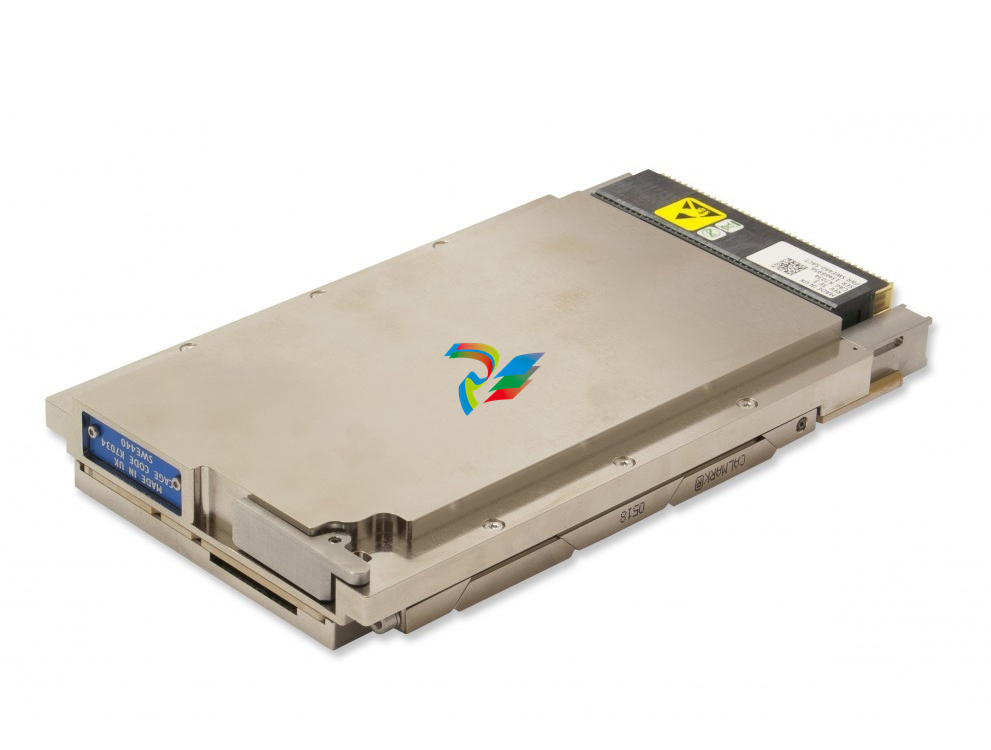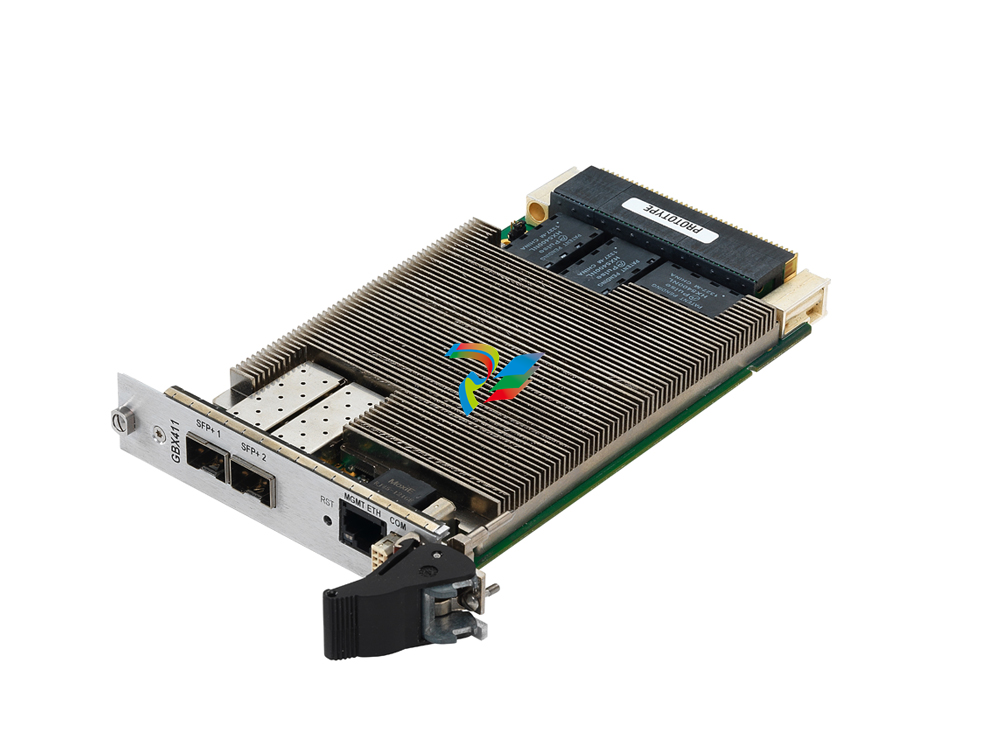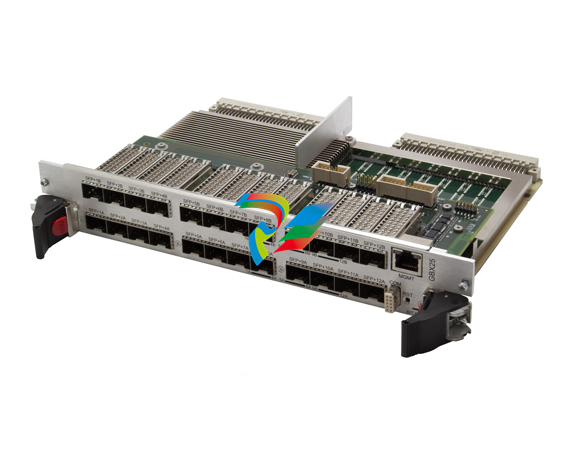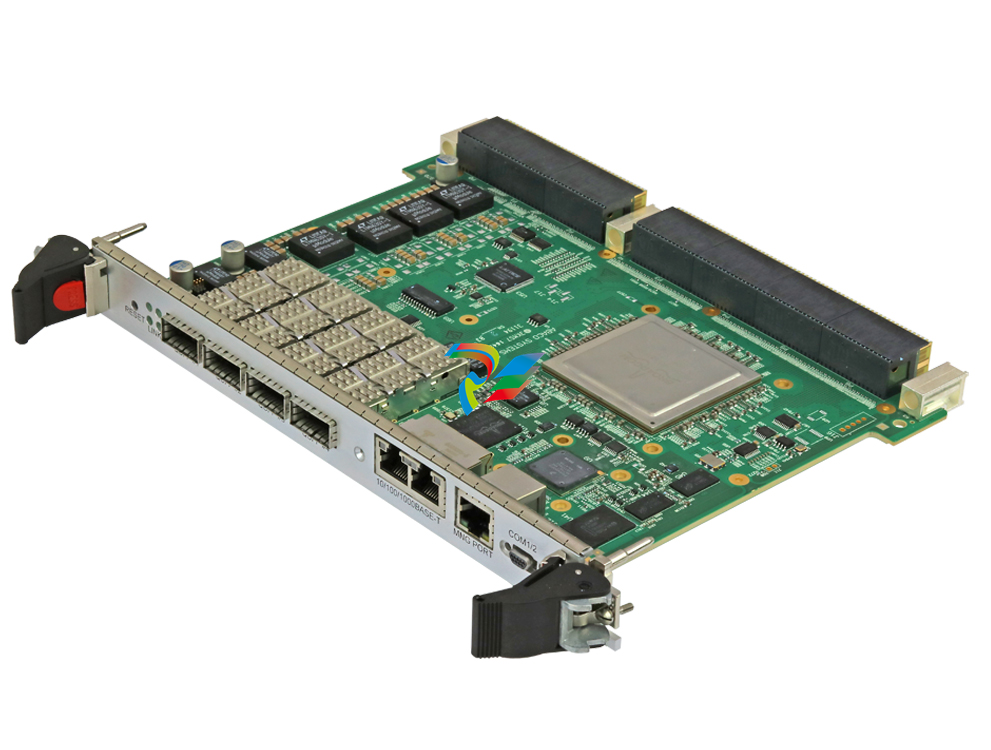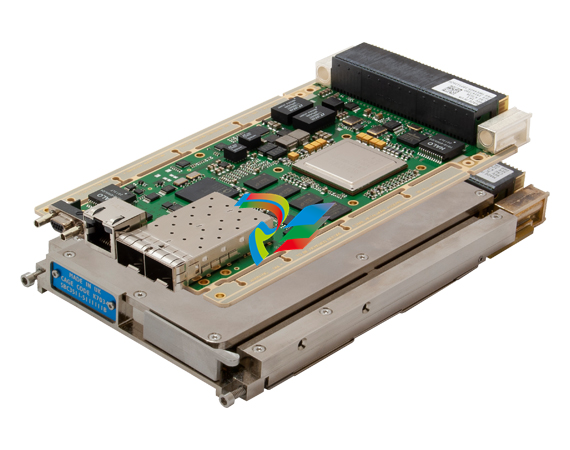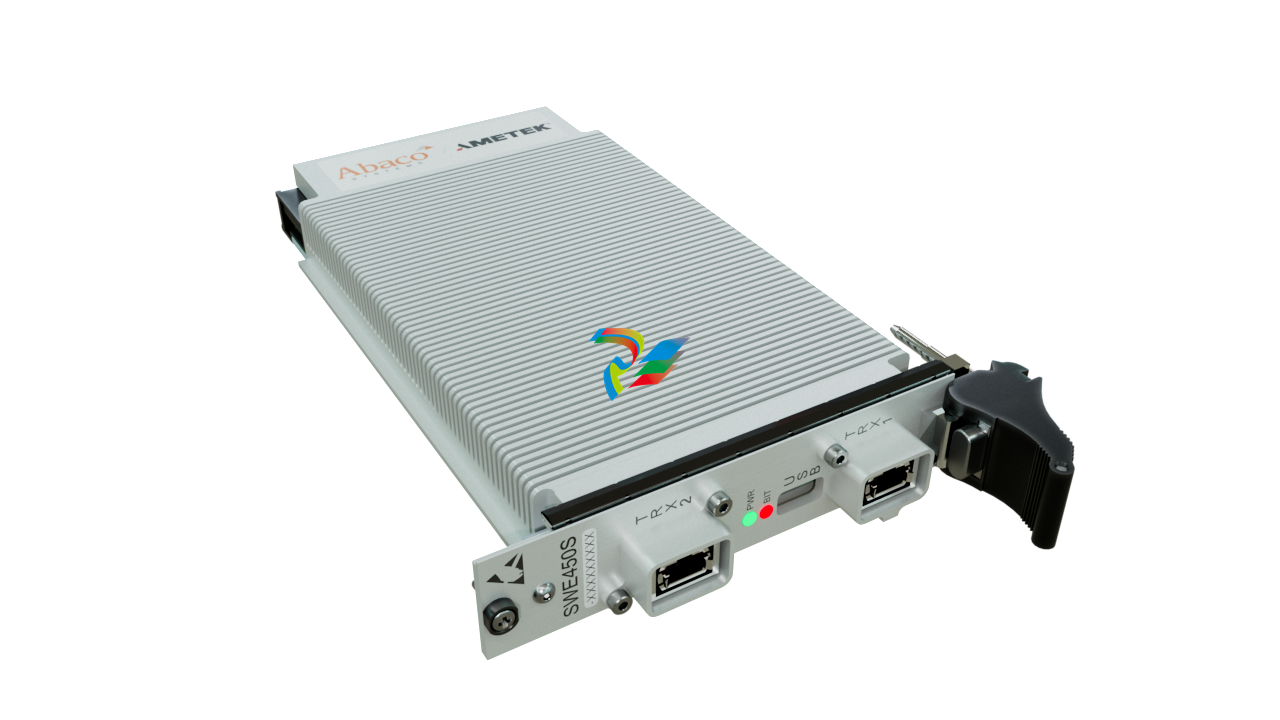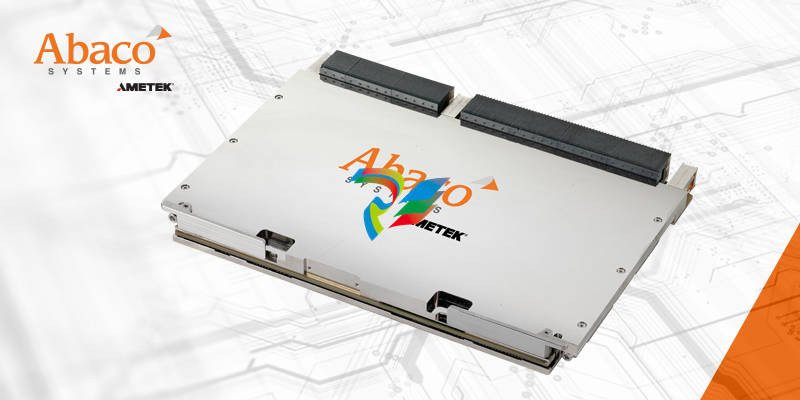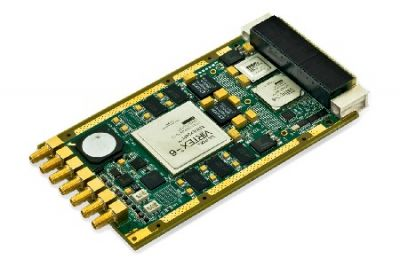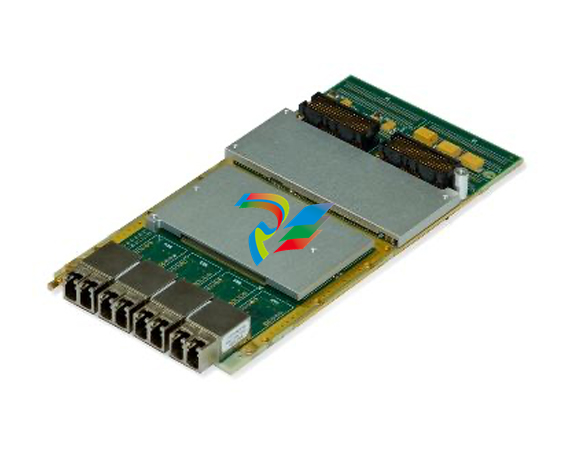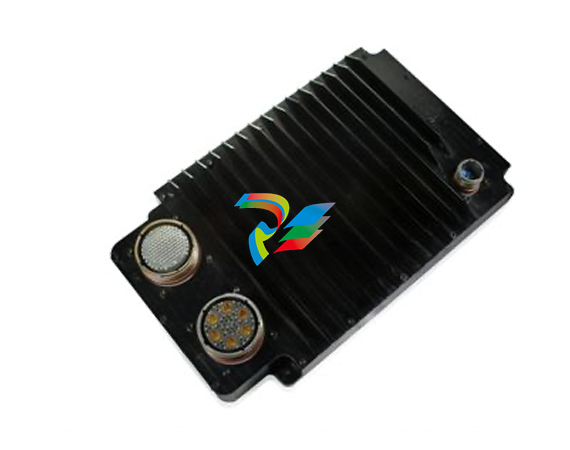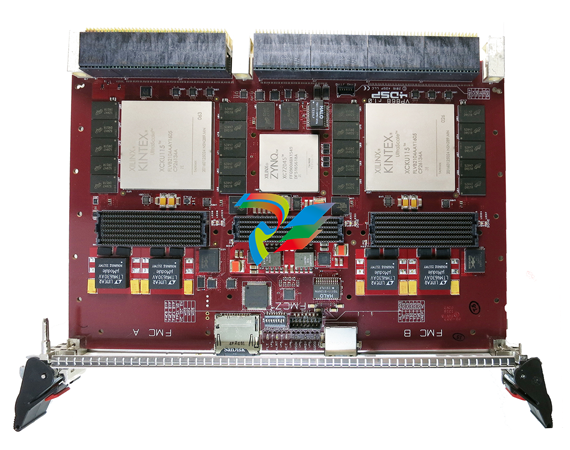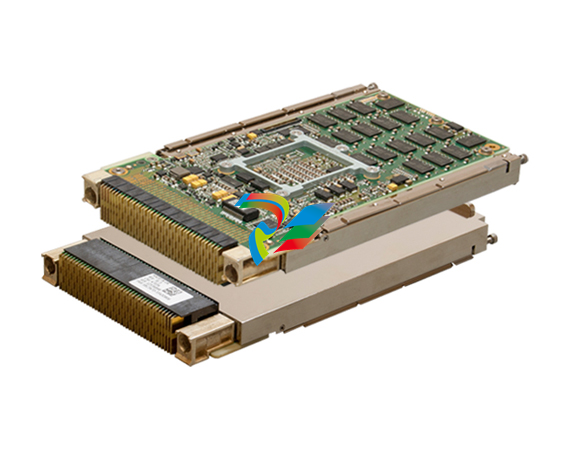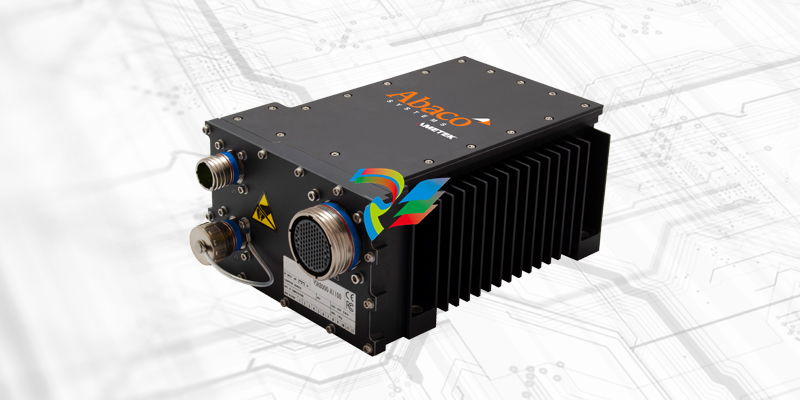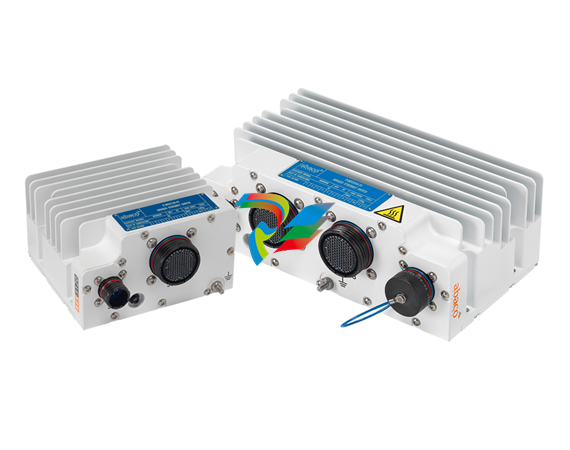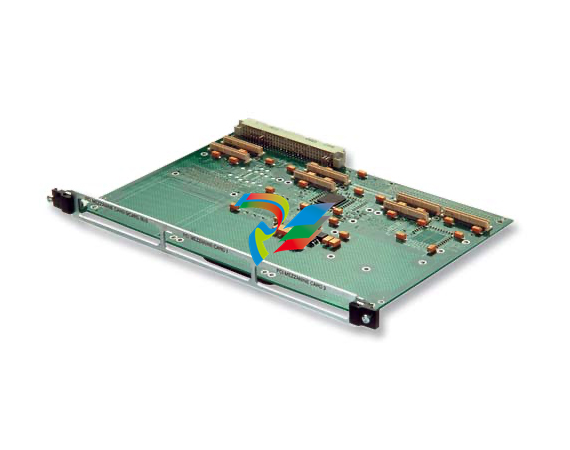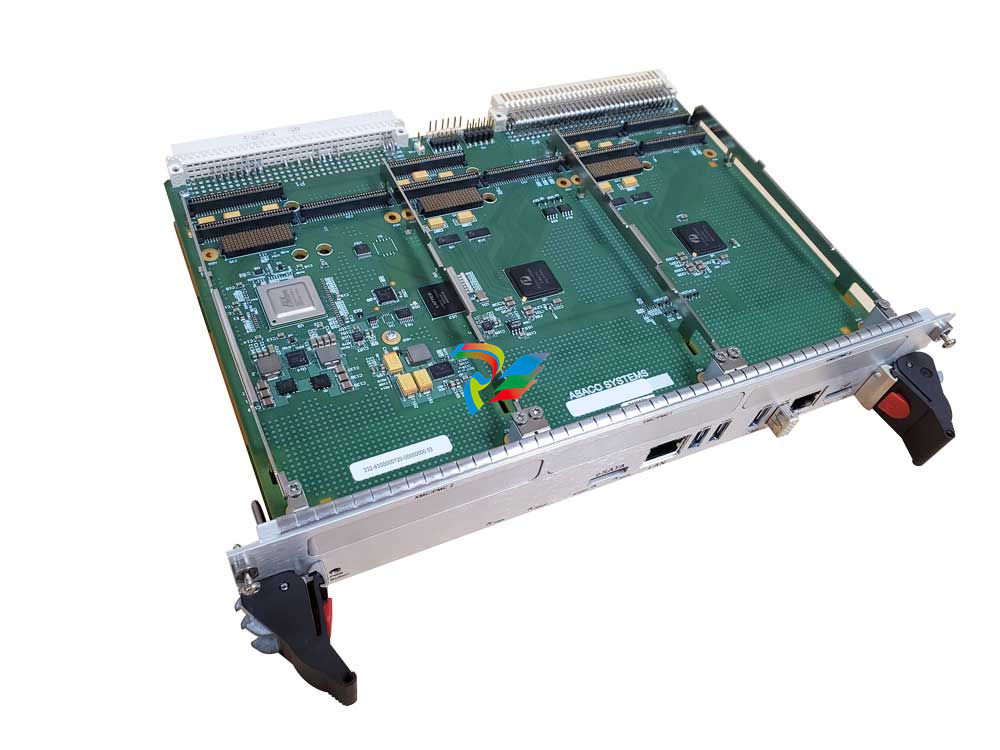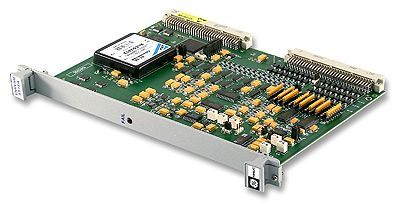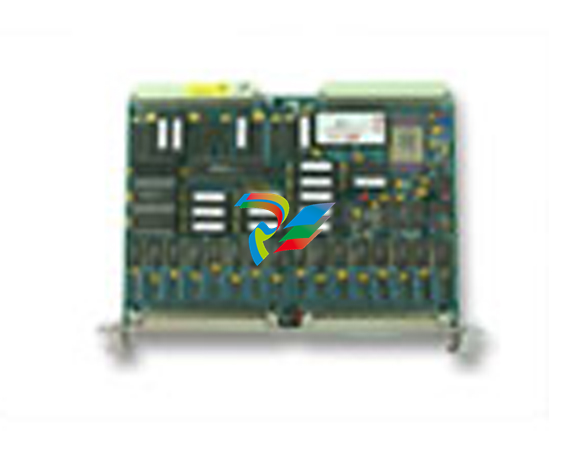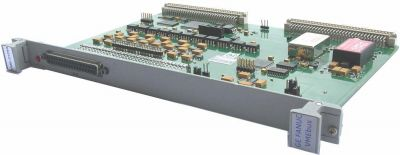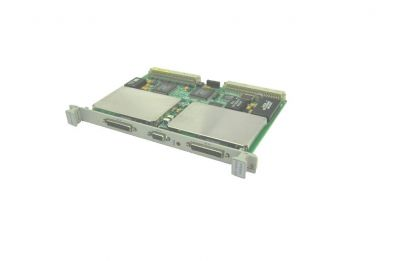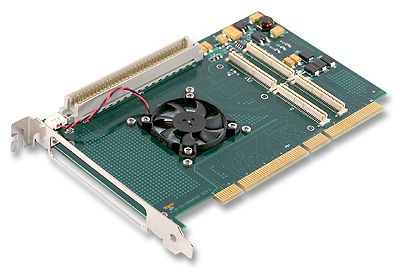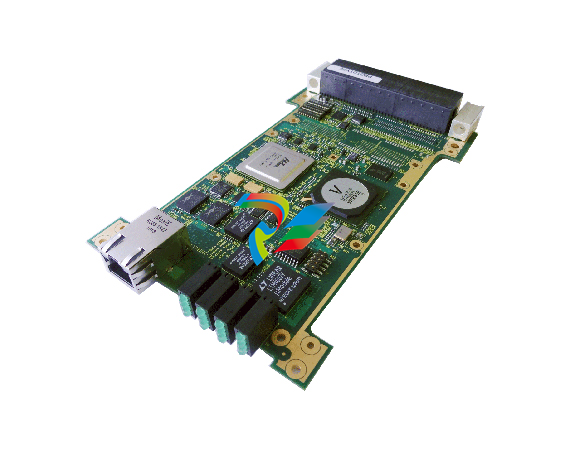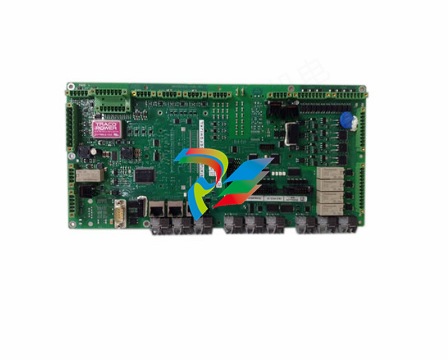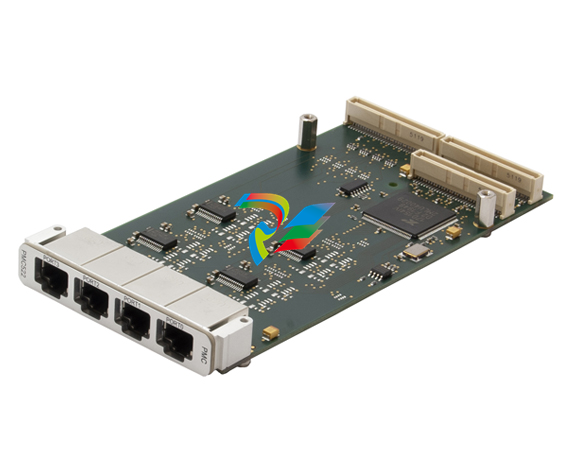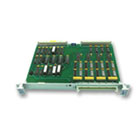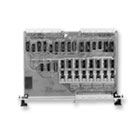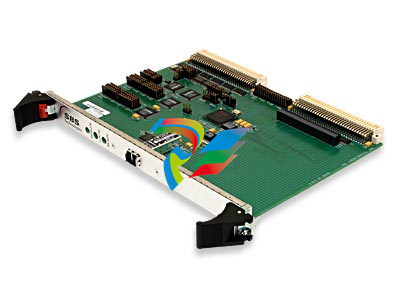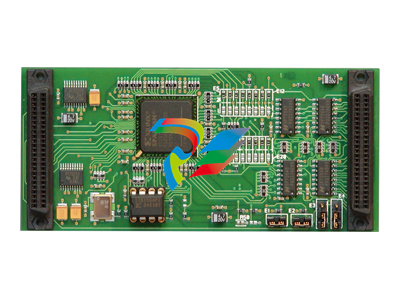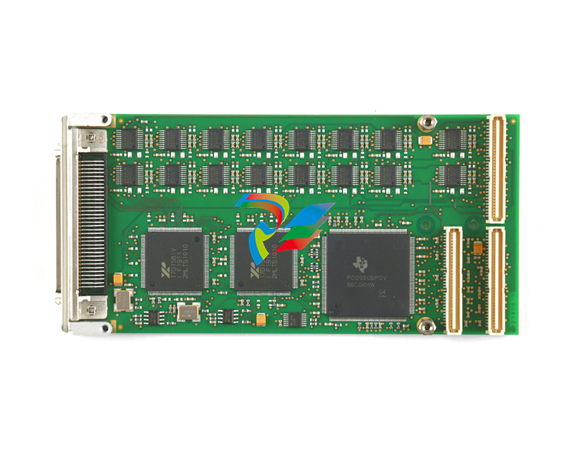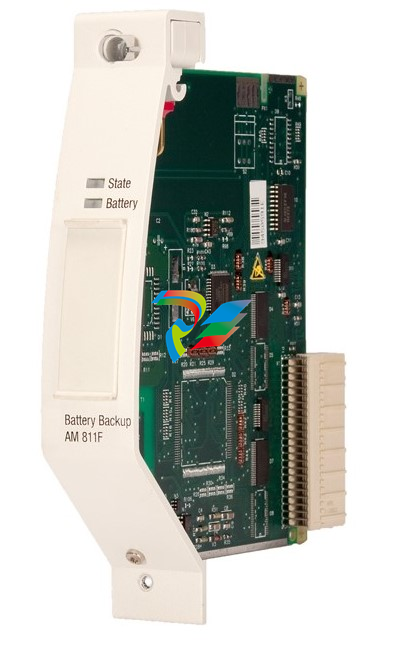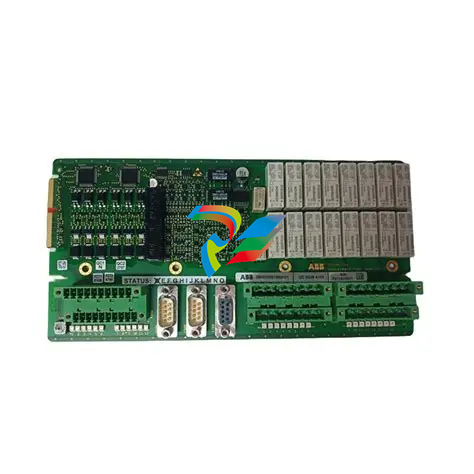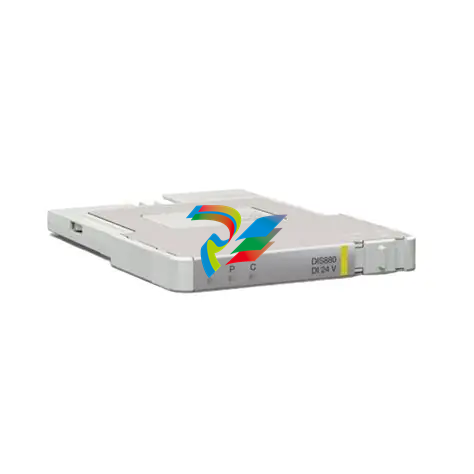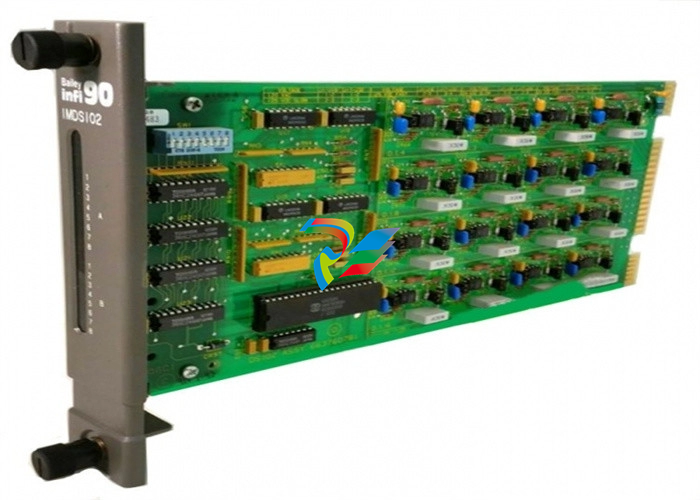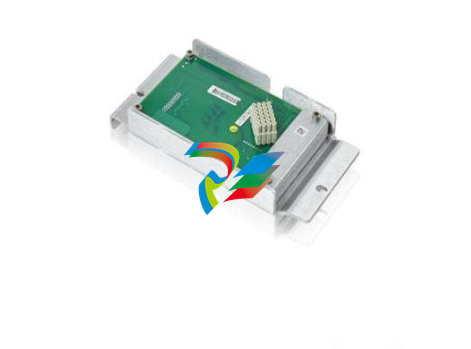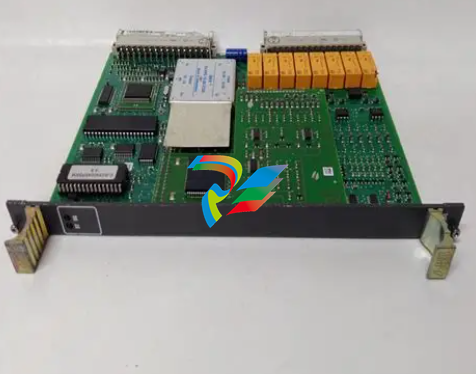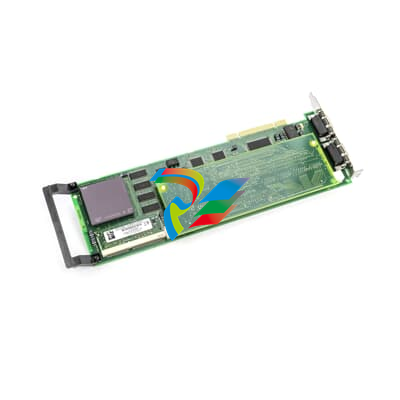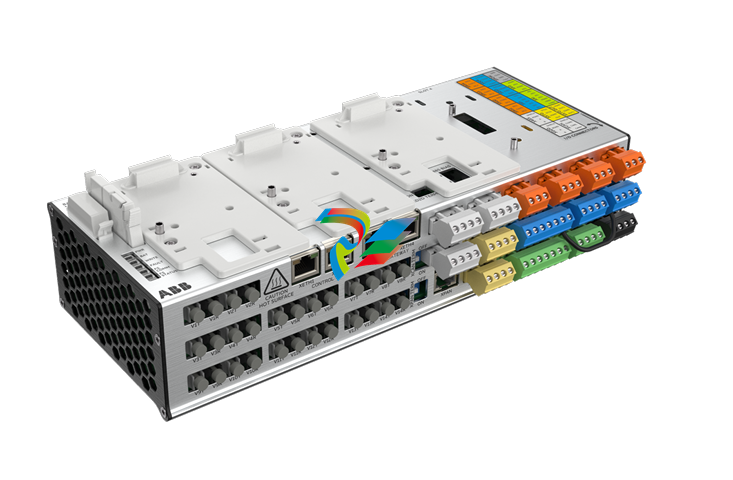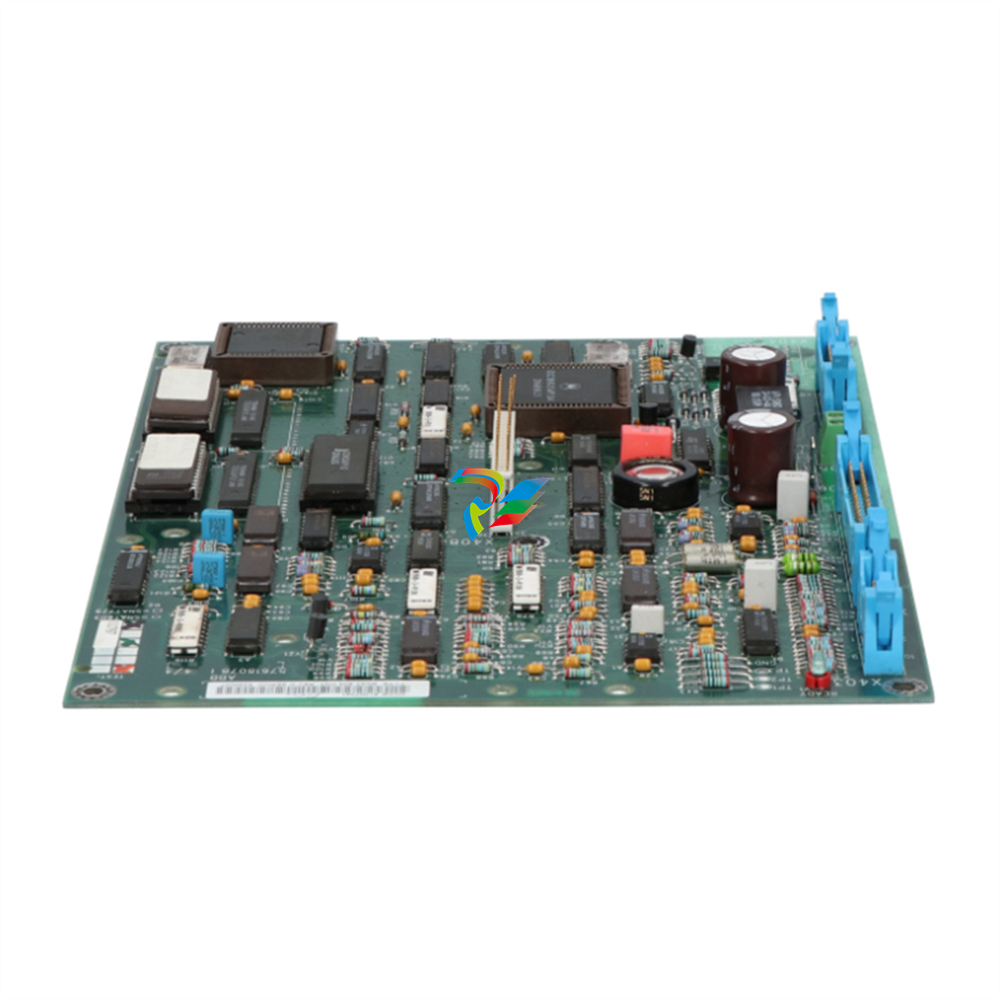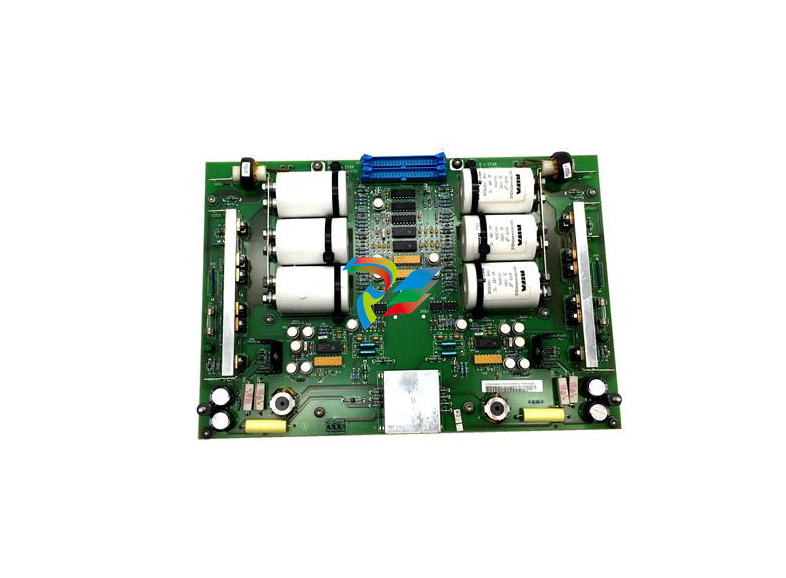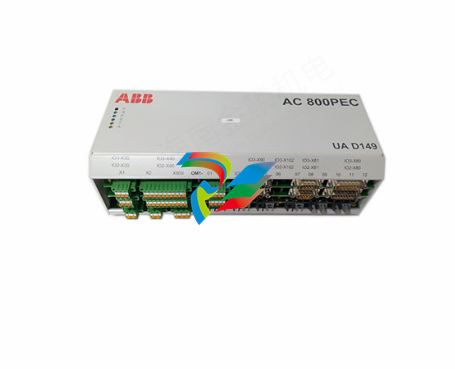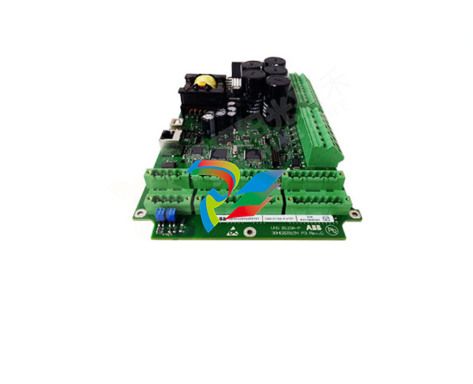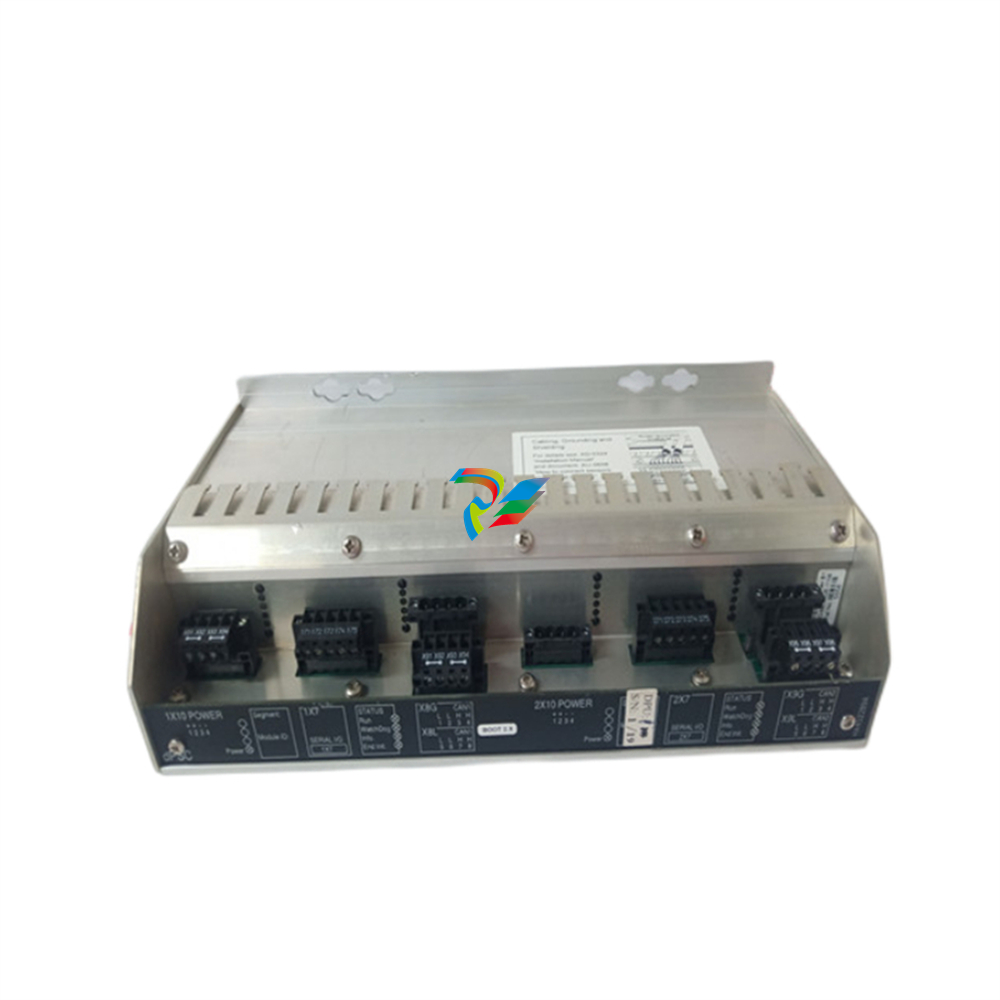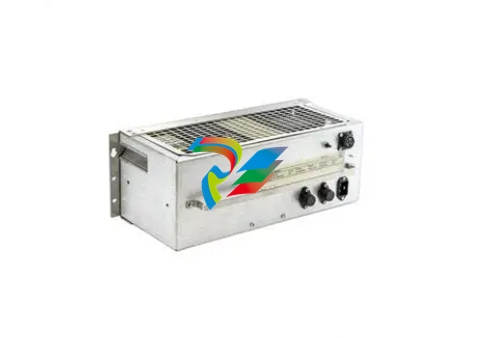
ABBDCS Thyristor Power Converters for DC Drive Systems 25 to 5150 A Operating Instructions DCS 600 MultiDrive
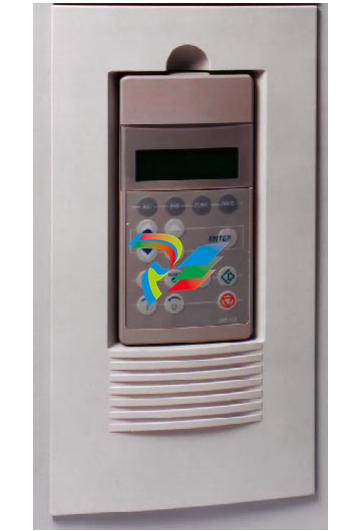
This chapter contains safety instructions which must be complied
with during installation, operation and maintenance of the power
converters series DCS 600 MultiDrive. If these instructions are
not complied with, this may result in injuries (perhaps even with
fatal) or in damage to the power converter, the motor and the
driven machine. Before starting with any work whatsoever at or
with this unit, you must read the information given in this chapter.
Warnings Warnings provide information on states which if the specified
procedure for the state concerned is not meticulously complied
with may result in a serious error, in major damage to the unit, in
injury to persons and even in death.
They are identified by the following symbols:
Danger: High Voltage! This symbol warns you of
high voltages which may result in injuries to persons
and/or damage to equipment. Where appropriate, the
text printed adjacent to this symbol describes how
risks of this kind may be avoided.
● All electrical installation and maintenance work on the thyristor
power converter must be carried out by properly qualified staff
who have been thoroughly trained in electrical engineering.
● The thyristor power converter and its adjacent units must be
properly earthed by qualified professionals.
● You must NEVER perform any work on the thyristor power
converter while it is still switched on. First switch the unit off,
use a measuring instrument to make absolutely sure that the
power converter has really been de-energized, and only then
you may start with the work concerned.
● Due to external control circuits, there may be dangerously
high voltages present at the thyristor power converter even
after the line voltage has been switched off. So always work
at the unit with appropriate caution! Non-compliance with these
instructions may result in injury (or even death!).
General warning: this symbol warns you of nonelectrical risks and dangers which may result in serious or even fatal injury to persons and/or in damage
to equipment. Where appropriate, the text printed adjacent to this symbol describes how risks of this kind
may be avoided.
● When thyristor power converters are in use, the electric motors,
power transmission elements and the driven machines are
working in an extended operating range, which means they have
to cope with a relatively high loading.
● You should have made sure that all units, devices and appliances used are actually suitable for this higher loading.
● If you have to operate the thyristor power converter at a rated
motor voltage and/or a rated motor current significantly below
the figures stated in the thyristor power converter’s output data,
you must take appropriate precautionary measures to protect
the unit against overspeed, overload, breakage, etc., by modifying the software or hardware appropriately.
● For insulation testing, you must disconnect all cables from the
thyristor power converter. You should avoid operating your unit
at values other than the rated data. Non-compliance with these
instructions may cause lasting damage to the thyristor power
converter.
● The thyristor power converter possesses a number of automatic
reset functions. When these functions are executed, the unit will
be reset after an error and will then resume operation. These
functions should not be used if other units and devices are not
suitable for an operating mode of this kind, or if their use might
entail dangerous situations.
Warning of electrostatic discharge:
this symbol warns you against electrostatic discharges which may damage the unit. Where appropriate, the text printed next to this symbol describes
how a risk of this kind may be avoided.
Notes supply information on states requiring particular attention, or
indicate that additional information is available on a specific topic.
For this purpose, the following symbols are used:
CAUTION! Cautions are designed to draw your attention to a
particular state of affairs.
Note A note contains or refers you to additional information available on the particular topic concerned.
Mains connection You can use a switch disconnector (with fuses) in the power supply
of the thyristor power converter to disconnect the electrical components of the unit from the power supply for installation and maintenance work. The type of disconnector used must be a switch disconnector as per EN 60947-3, Class B, so as to comply with EU
regulations, or a circuit-breaker type which switches off the load
circuit by means of an auxiliary contact causing the breaker’s main
contacts to open. The mains disconnector must be locked in its
"OPEN" position during any installation and maintenance work.
EMERGENCY STOP
buttons
EMERGENCY STOP buttons must be installed at each control
desk and at all other control panels requiring an emergency stop
function. Pressing the STOP button on the CDP 312 control panel
of the thyristor power converter will neither cause an emergency
motor stop, nor will the drive be disconnected from any dangerous
potential.
To avoid unintentional operating states, or to shut the unit down in case of
any imminent danger according to the standards in the safety instructions
it is not sufficient to merely shut down the drive via signals „RUN“, „drive
